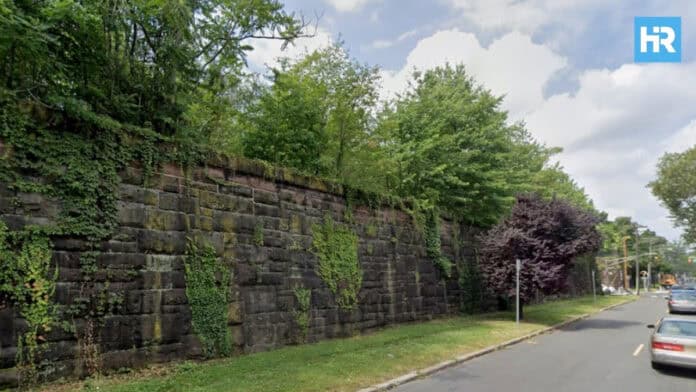On August 9, 1988, Wayne Gretzky was traded from the Edmonton Oilers to the Los Angeles Kings. As the NHL’s most prominent player at the time, his move surprised people throughout the sport.
Gretzky’s arrival in LA set off ripple effects across the sport, from new U.S. franchises and rising youth participation to increased national coverage and, eventually, stronger interest in hockey among sports bettors.
- Gretzky’s 1988 trade led directly to major NHL expansion, including the creation of the Sharks, Lightning, Panthers, and Mighty Ducks, and helped establish successful franchises in regions where previous attempts had failed.
- California became a significant hockey market, with full arenas for both the Kings and Ducks and a rapid rise in interest that contributed to long-term growth in Western and Sun Belt markets.
- Post-trade franchise development reshaped the league, with 10 U.S. teams forming or relocating after the move and five of those teams ultimately winning the Stanley Cup.
How Gretzky Shifted National Attention to Los Angeles
Gretzky’s arrival placed the NHL in a much larger media spotlight. The Kings, who previously received limited attention compared to other Los Angeles teams, became a major sports story across the country. His presence brought regular national television coverage and raised interest well beyond traditional hockey areas.
Los Angeles’ entertainment industry also played a part. Celebrities such as Sylvester Stallone, Tom Hanks, and Goldie Hawn regularly attended Kings games, and Gretzky’s wife, actress Janet Jones, further anchored him in the Hollywood spotlight. Gretzky later described the experience by recalling how surprising it was to see so many well-known actors at their games and how this attention brought a different kind of visibility to the sport.
The Kings also scheduled numerous preseason games in cities without NHL teams. These games introduced professional hockey to new regions, where many people already recognized Gretzky and compared his standing to athletes like Michael Jordan.
Expansion and the Arrival of New NHL Franchises
When the trade occurred, the NHL had 21 teams, and the Kings were the only American team located west of Minnesota. After Gretzky joined the Kings, interest in the sport spread across several regions — a period that saw the creation of new franchises:
- San Jose Sharks (1991–92)
- Tampa Bay Lightning (1992–93)
- Florida Panthers (1993–94)
- Mighty Ducks of Anaheim (1993–94)
By 2013, 23 out of 30 NHL teams were based in the United States. A total of 10 U.S. franchises were created or relocated after the trade, and five of those teams won the Stanley Cup: the Kings, Ducks, Hurricanes, Lightning, and Avalanche.
According to documented details, teams such as the Ducks, Panthers, and Coyotes likely would not have existed in the 1990s without the increased interest caused by Gretzky’s move. His arrival also contributed to NHL success in areas where the league had not succeeded in earlier attempts, including the Bay Area and Denver.
Gretzky described the growth of fan support in California by recalling a night when the Kings drew 18,500 fans, and the Ducks drew 17,000, resulting in a total of 35,000 people attending NHL games in the state on the same evening. He said that this moment showed how far hockey in California had progressed and that his move to Los Angeles had come at an ideal time.
California’s Participation Boom and the Rise of New NHL Talent
Before 1988, California had produced five NHL players. As participation increased, the number grew to 27, including first-round draft picks Jonathon Blum (2007), Beau Bennett (2010), and Emerson Etem (2010).
Participation numbers show the growth clearly:
- 1990–91: 4,483 players
- 1995–96: 15,537 players — a 221.7% increase during Gretzky’s final season in Los Angeles
- 2009–10: 20,204 players
Growth extended across the country. Between 1991 and 2010, 15 states recorded hockey participation increases of 150% or more, including:
- Texas: 1,156.8%
- Florida: 804.7%
- North Carolina: 502.6%
In the 2000s, NHL teams drafted 564 American-born players, the highest total of any decade. Many of these players developed during the years influenced by Gretzky’s presence in Los Angeles.
International competition also showed the reach of this growth. At the 2010 World Junior Championships, the U.S. roster included 10 players from nontraditional hockey states. At the 2013 World Junior Championships in Russia, the American team featured players from 13 different states, including strong performances from Rocco Grimaldi of California and Seth Jones of Texas.
National Broadcasting Growth After the Trade
The NHL’s expanded presence in major American markets helped secure a significant media agreement. In 2011, the league signed a 10-year, $2 billion television contract with NBC Sports. The deal relied on the growing interest in markets such as Los Angeles, the Bay Area, and Phoenix, markets strengthened by the surge that followed the Gretzky trade.
Sports Betting Expansion Connected to Hockey’s Rising Popularity
Sports betting expanded after the May 2018 Supreme Court decision to overturn the Professional and Amateur Sports Protection Act (PASPA). The ruling allowed states to legalize sports gambling. Many states have enacted laws permitting and regulating sports betting, with additional states expected to follow.
As betting became more common, hockey attracted more bettors. The NHL formed partnerships with sportsbooks and betting companies that provided data, technology, and a range of wagering options — all of which created new revenue sources and increased fan engagement across the league.
















